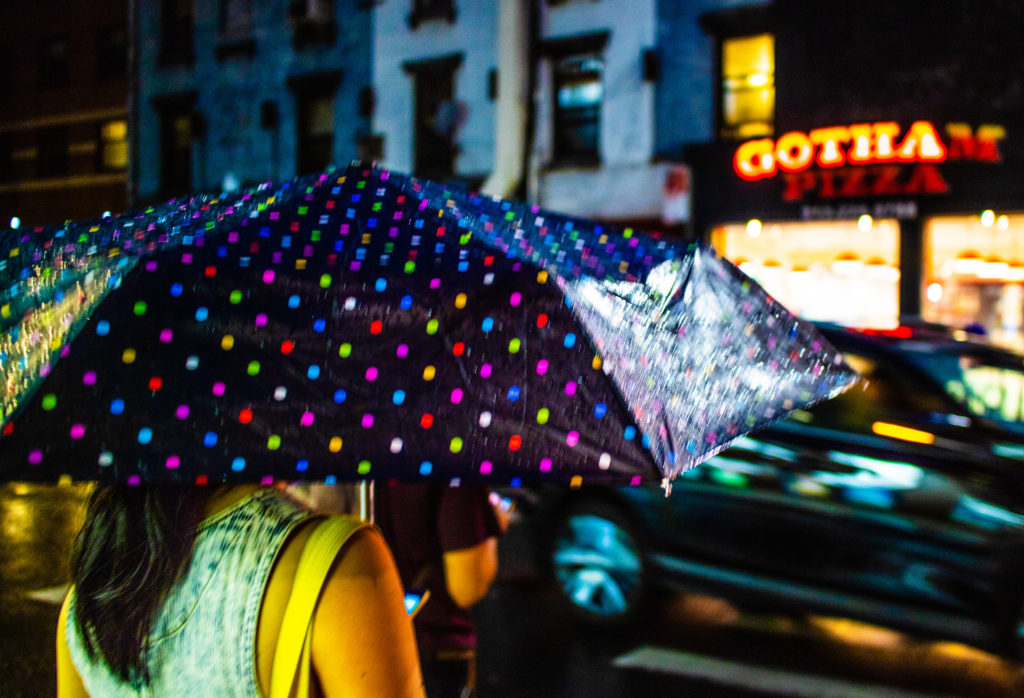
Recent news reports noted that 2018 was the fourth hottest year on record. But the changing climate is not just about temperature. 2018 was also the third-wettest year since 1895, when steady record-keeping began.
Overall, the U.S. recorded 4.68 inches more precipitation in 2018 than the 20th century average. But all that rain and snow was nothing like evenly distributed. The eastern half of the country – especially in places like North Carolina and Virginia – saw record amounts of precipitation, while most of the West remained stuck in drought.
The warming climate leads to precipitation extremes at both ends, meaning that wet places are likely to get wetter and dry places drier. There has been a marked upward trend in short-duration extreme events. For example, Cyclone Mekunu dumped almost 13 inches of rain on Salalah, Oman in 36 hours, more than double its annual average rainfall.
In the southeast and eastern U.S., the trend toward stronger storm events is mostly driven by strong warming of the oceans that fringe their shores. Warm oceans evaporate more water into the air and warm air holds more water than cooler air. Warmer, moisture-laden air acts like a blanket over the land, keeping heat trapped near the ground. Many of the states that had their wettest-ever years also set records for high minimum temperatures – their coldest temperatures were less cold than in the past.
Air temperatures are projected to warm up even further in the coming years and, as a result, many scientists are anticipating that extreme precipitation events will only get more extreme. The pattern of drought in the west and wetness in the east is likely to stay.
**********
Web Links
2018 was the U.S.’s third-wettest year on record—here’s why
Photo, posted August 18, 2018, courtesy of Jim Lukach via Flickr.
Earth Wise is a production of WAMC Northeast Public Radio.
Leave a Reply